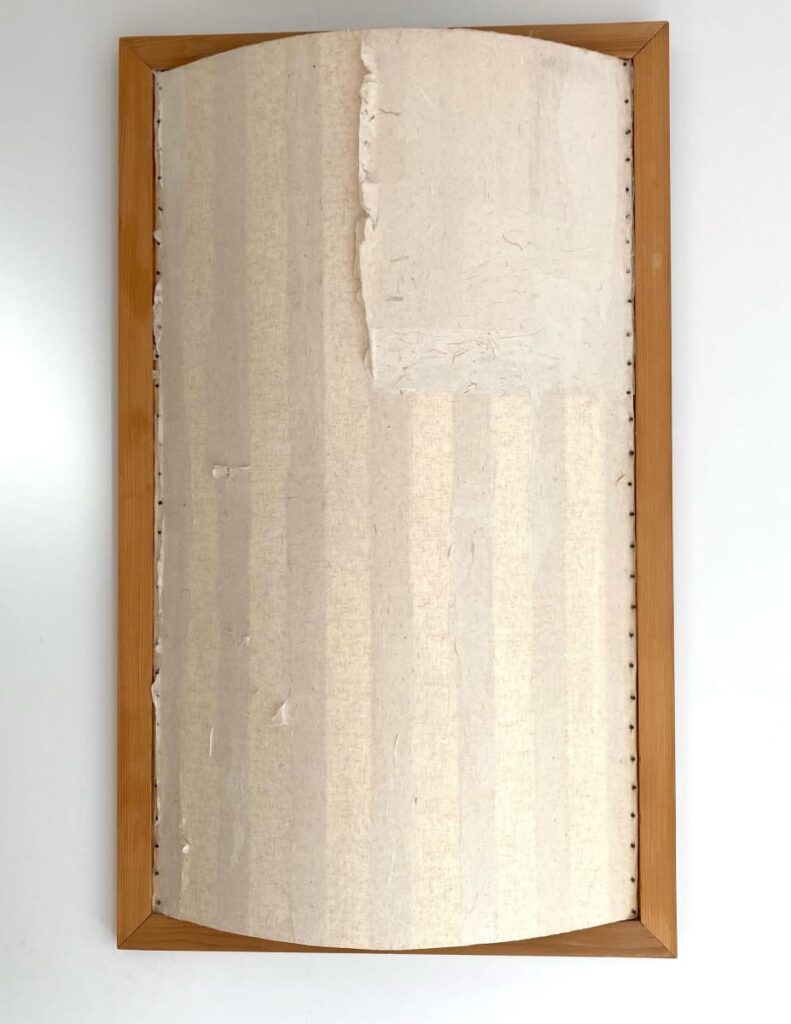Yan Lin Interviewed by Sculpture Magazine
Mar 16, 2023
By Jonathan Goodman
The Sculpture Magazine explored the conversation with VillageOneArt co-artist Yan Lin, a contemporary Chinese artist who draws inspiration from traditional Chinese paper making techniques to create her unique and captivating artworks. In this conversation, she discusses her artistic process, her relationship with tradition, and her journey as an independent artist navigating the contemporary art world.
JG: You come from a family with three generations of women artists, including yourself. How have your mother and grandmother influenced you?
YL: All of my mother’s family members are painters and art educators. Grandfather Pang Xunqin (Hiunkin Pang) went to Paris to study art when he was 19 in the mid-1920s; he was greatly influenced by Modernism. At that time, many young Chinese artists and scholars studied in Europe or Japan and brought Western techniques back to China for the first time. Pang played a leading role in China’s early modern art world and was a pioneer in the modern design field. My grandmother Qiu Ti (Schudy) was also a very talented painter, one of China’s first women oil painters. She did inspire research on Chinese classical art, including stone carving, murals, and craft arts. Modern Chinese art started by her generation opened up a new era. But eight years of the Sino-Japanese War, followed by domestic war, more than two decades of political brainwashing, and tight controls restricting any art practice except political propaganda and socialist realism, killed art, culture, and free thinking from the 1950s through the 1970s. In my family, critical thinking and respect for the independence of the artist somehow survived and were passed on to me.
I was very lucky to be able to play freely with art materials behind my family’s closed doors. Of course, my parents worried about my inability to make a living; when I was in college, my father told me, “You have to walk with two legs.” I studied hard and did well, meeting and even surpassing all requirements for classical painting and drawing techniques. I loved what we learned—art of the Renaissance, and Impressionist painting. I was determined to become a free artist in the future. In 1985, when China opened its doors to the world, going to America or Europe was my best option.
JG: You make molds of objects and surfaces. How does this work technically, and what are the aesthetic implications?
LY: Xuan paper looks very thin and delicate. Making molds from objects and surfaces for casting with paper is an ongoing process. I was amazed by how solid the shape could be, even as the results were warm and intimate. It communicates with me in a rich language that I love more than conventional sculpture materials. I believe the Tai Ji symbol—the black and white Yin and Yang symbol—is everywhere in my life and work. My thesis in graduate school, “Tai Ji in My Paintings,” addressed the same concept when I was an oil painter 30 years ago. I wrote: “Tai Ji is represented by the following symbol: Yin, the black part, and Yang, the white part, exist as one unit in which each side includes the opposite elements. The curved line in between is symbolic of perpetual movement.” I hope my work communicates a symbolic contemplation of my spirituality.

Mute Xuan paper on canvas Mounted on wood
Presented by VillageOneArt
Read more at Sculpture Magazine.
